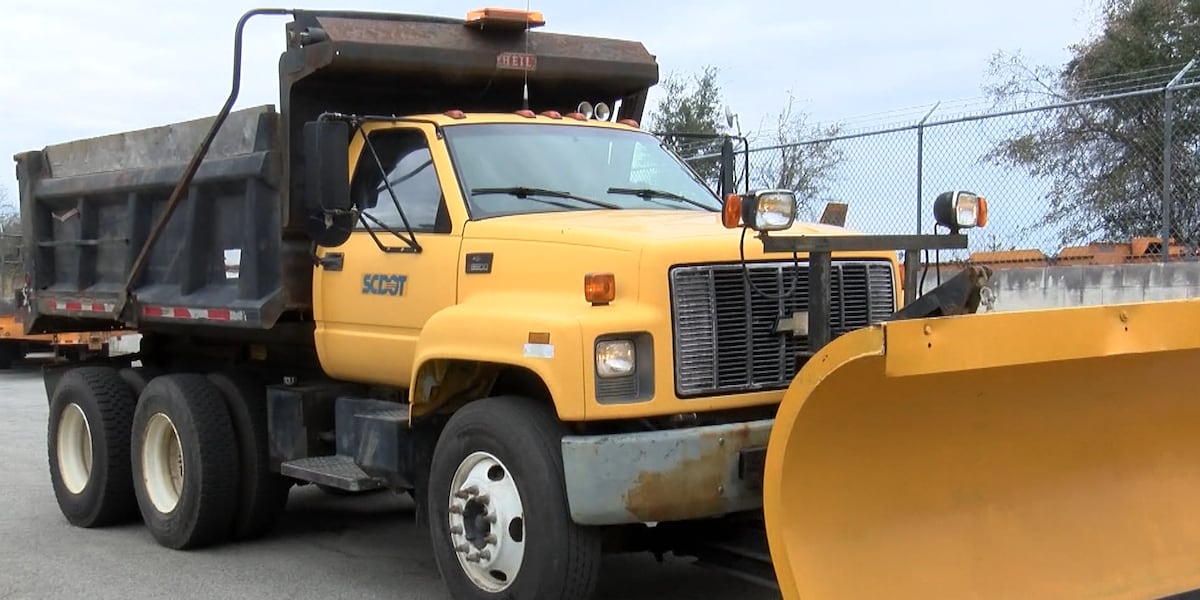Winter's Wrath: Agencies Mobilize to Brace for Incoming Storm

As winter weather approaches, the North Carolina Department of Transportation (NCDOT) is issuing a critical safety advisory to residents: avoid traveling during the storm unless absolutely essential. The department emphasizes the importance of staying off roadways to ensure public safety and prevent potential accidents during hazardous conditions.
Officials are urging drivers to prioritize their personal safety and allow road maintenance crews clear access to clear and treat streets. By remaining at home during the storm, residents can help emergency services and transportation workers effectively manage winter weather challenges.
Motorists are advised to monitor local weather updates, prepare emergency supplies, and exercise extreme caution if travel becomes unavoidable. The NCDOT's primary goal is to protect citizens and maintain road safety during potentially treacherous winter conditions.

